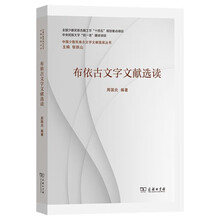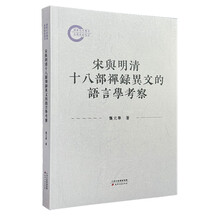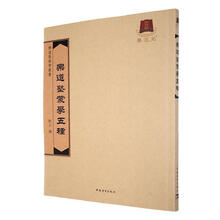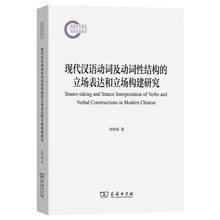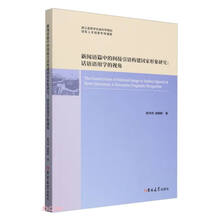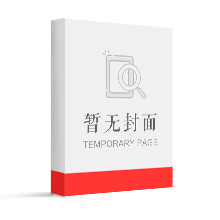Chapter 1 Introduction
1.1 Background of the Study
1.2 Purpose of the Study
1.3 Research Questions
1.4 Definition of Key Terms
1.5 Methodological Considerations
1.6 Outline of the Study
Chapter 2 Literature Review
2.1 Task-Based Language Teaching
2.1.1 Definitions of Task
2.1.2 Procedure and Principles for Task Design
2.1.3 Task-Based Teaching Frameworks
2.1.4 A Task-Based Framework of Oral Presentations
2.2 A Multi-Dimensional Theoretical Perspective on Teacher Feedback
2.2.1 Defining Teacher Feedback
2.2.2 A Brief History of Teacher Feedback Research
2.2.3 Teacher Feedback: Cognitive Perspective
2.2.4 Teacher Feedback: Sociocognitive Perspective
2.2.5 Teacher Feedback: Social Constructive Perspective
2.3 Empirical Studies on Teacher Feedback in L2 Education
2.3.1 Teacher Feedback Practices: Focus, Function, and Strategies
2.3.1.1 The Focus of Teacher Feedback
2.3.1.2 The Function of Teacher Feedback
2.3.1.3 The Strategies of Teacher Feedback
2.3.2 Teacher Cognitions about Feedback Provision
2.3.3 Student Perspectives on Teacher Feedback
2.3.4 Effects of Teacher Feedback
2.3.5 Student Engagement with Teacher Feedback
2.3.6 Context and Teacher Feedback
2.3.7 Teacher Feedback on Oral Tasks
2.4 Research Gaps
2.5 A Tentative Conceptual Framework
2.6 Next Step for Teacher Feedback Research and Practice
Chapter 3 Methodology
3.1 Qualitative Case Study
3.1.1 Qualitative Research Paradigm
3.1.2 Case Study Approach
3.2 Research Context
3.2.1 Chinese Cultures of Learning
3.2.2 The Chinese EFL Context
3.2.3 The Institutional and Instructional Contexts
3.3 Participants of the Study
3.3.1 Selection of Teacher Participants
3.3.2 Selection of Student Participants
3.4 The Pilot Study
3.5 Data Collection
3.5.1 Data Sources
3.5.1.1 Classroom Observations
3.5.1.2 Video Recordings
3.5.1.3 Semi-Structured Interviews
3.5.1.4 Stimulated Recalls
3.5.1.5 Reflective Accounts
3.5.1.6 Field Notes
3.5.1.7 Documents
3.5.2 The Procedure of Data Collection
3.5.3 Data Triangulation
3.6 Data Analysis
3.6.1 Analysis of Teacher Feedback
3.6.2 Analysis of Semi-Structured Interviews. Stimulated Recalls, Reflective Accounts, and Field Notes
3.7 Ensuring Trustworthiness
3.8 Ethical Issues
Chapter 4 Teacher Feedback Practices in Oral Presentations
4.1 Amelia's Feedback Practices
4.1.1 Feedback Focus: Comprehensive Feedback
4.1.2 Feedback Function: Praise-Criticism and Criticism-Suggestion
4.1.3 Feedback Strategies: Input-Providing CF, Use of LI, and Nonverbal Feedback
4.2 Gwen's Feedback Practices
4.2.1 Feedback Focus: Language-Focused Feedback
4.2.2 Feedback Function: Praise-Criticism-Suggestion
4.2.3 Feedback Strategies: Output-Prompting CF, Use of L1, and Peer/Self-Feedback
4.3 Summary of Chapter
Chapter 5 Student Engagement with Teacher Feedback on Oral Presentations
5.1 Engagement with Teacher Feedback: Student Cases from Amelia's Class
5.1.1 Deng: A High-Proficiency Student's Engagement with Teacher Feedback
5.1.1.1 Deng's Background
5.1.1.2 Deng's Engagement with Teacher Feedback
5.1.2 Wang: An Intermediate-Proficiency Student's Engagement with Teacher Feedback
5.1.2.1 Wang's Background inese EFL Teachers' Feedback on Task-Based Oral Presentations
5.1.2.2 Wang's Engagement with Teacher Feedback
5.1.3 Li: A Lower-Proficiency Student's Engagement with Teacher Feedback
5.1.3.1 Li's Background
5.1.3.2 Li's Engagement with Teacher Feedback
5.2 Engagement with Teacher Feedback: Student Cases from Gwen's Class
5.2.1 Wu: A High-Proficiency Student's Engagement with Teacher Feedback
5.2.1.1 Wu's Backgro
展开


